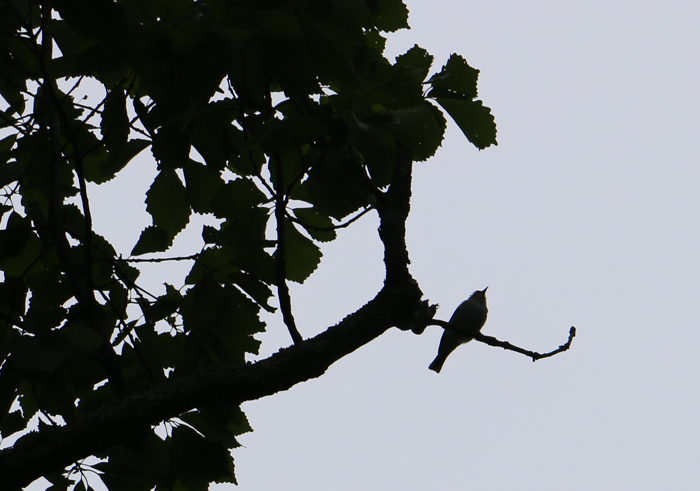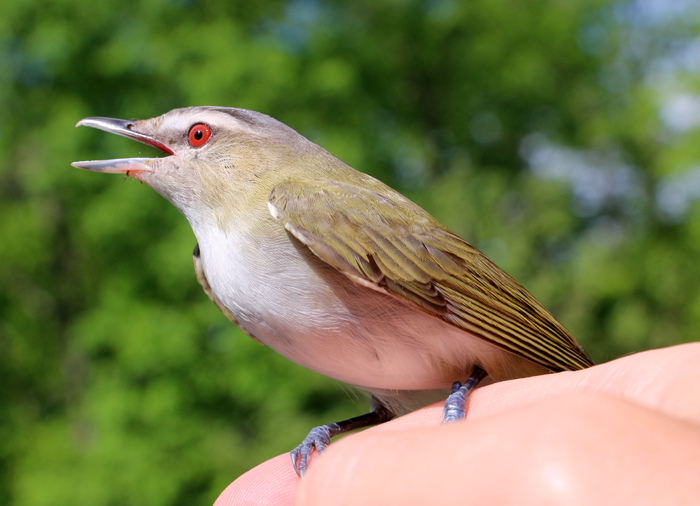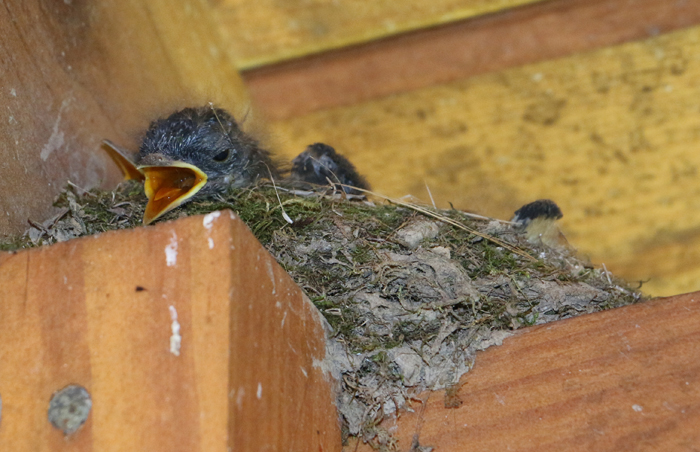1 January 2018
2017 Yard List
Posted by Callan Bentley

New year’s day is the time I tally up my accumulated bird species seen in my yard on the forested slope of Massanutten Mountain. This is my sixth such annual list. Here are the previous iterations:

Here we go, in chronological order of first appearance in our yard:
- Red-tailed hawk
- Red-bellied woodpecker
- Mourning dove
- Raven
- Turkey vulture
- American crow
- White-breasted nuthatch
- Tufted titmouse
- Downy woodpecker
- Carolina wren
- Chickadee
- Golden-crowned kinglet
- Goldfinch
- Sharp-shinned hawk
- Purple finch
- Barred owl
- Brown creeper
- Canada geese
- Eastern phoebe
- Eastern bluebird
- Blue jay
- Chipping sparrow
- Pileated woodpecker
- American robin
- Hairy woodpecker
- Pine warbler
- Fox sparrow
- Dark-eyed junco
- Brown-headed cowbird
- Whippoorwill
- Screech owl
- Brown thrasher
- Eastern towhee
- Blue-gray gnatcatcher
- Cardinal
- Turkey
- Ruby-throated hummingbird
- Yellow-throated warbler
- Red-eyed vireo
- Black-throated green warbler
- Red-breasted nuthatch
- Blue-headed vireo
- Great blue heron
- Broad-winged hawk
- Yellow-billed cuckoo
- Ovenbird
- Hermit thrush
- Scarlet tanager
- Great crested flycatcher
- Cedar waxwing
- Eastern wood-pewee
- Chimney swift
- Black vulture
- Northern (Yellow-shafted) flicker
- Rusty blackbird
- Yellow-bellied sapsucker
A few notes: The two in bold are “first time ever observed” here (by me) – and in both cases, that means not only my yard, but also the immediate area. I was very pleased to see the return of the red-breasted nuthatch, which has been absent for the past several years. I was bummed that no pine siskins showed up this year – they are one of the few treats of the winter birding season. One of my new year’s resolutions is to devote more time to birding, particularly in late April, when the happy combination of many migrants and relatively limited foliage makes for fruitful observing.



 Callan Bentley is Associate Professor of Geology at Piedmont Virginia Community College in Charlottesville, Virginia. He is a Fellow of the Geological Society of America. For his work on this blog, the National Association of Geoscience Teachers recognized him with the James Shea Award. He has also won the Outstanding Faculty Award from the State Council on Higher Education in Virginia, and the Biggs Award for Excellence in Geoscience Teaching from the Geoscience Education Division of the Geological Society of America. In previous years, Callan served as a contributing editor at EARTH magazine, President of the Geological Society of Washington and President the Geo2YC division of NAGT.
Callan Bentley is Associate Professor of Geology at Piedmont Virginia Community College in Charlottesville, Virginia. He is a Fellow of the Geological Society of America. For his work on this blog, the National Association of Geoscience Teachers recognized him with the James Shea Award. He has also won the Outstanding Faculty Award from the State Council on Higher Education in Virginia, and the Biggs Award for Excellence in Geoscience Teaching from the Geoscience Education Division of the Geological Society of America. In previous years, Callan served as a contributing editor at EARTH magazine, President of the Geological Society of Washington and President the Geo2YC division of NAGT.
10 and 18 are the same … Carolina wren (Thryothorus ludovicianus)
Whoopsie-daisy.
I’ll fix it. Thanks, Bret.